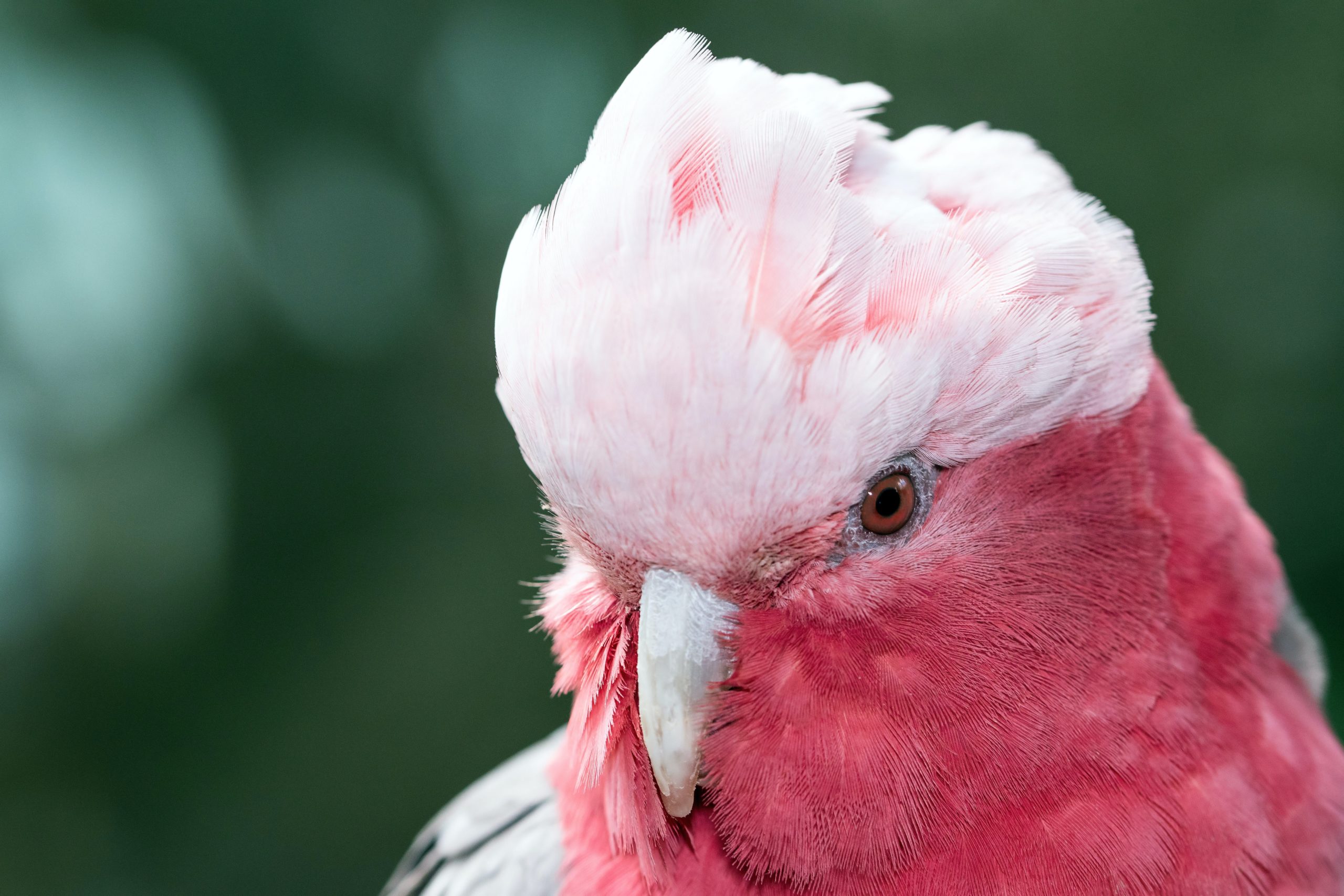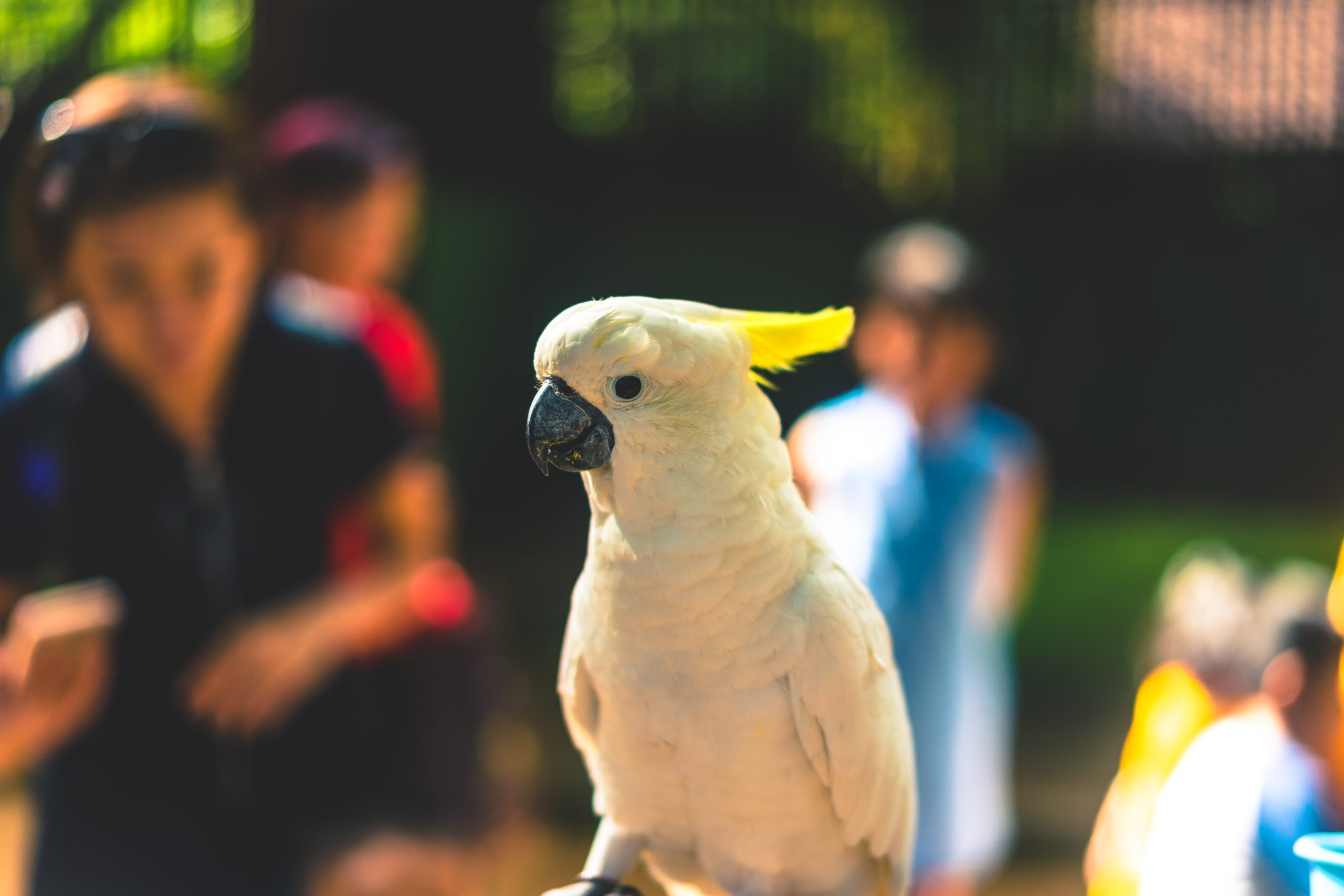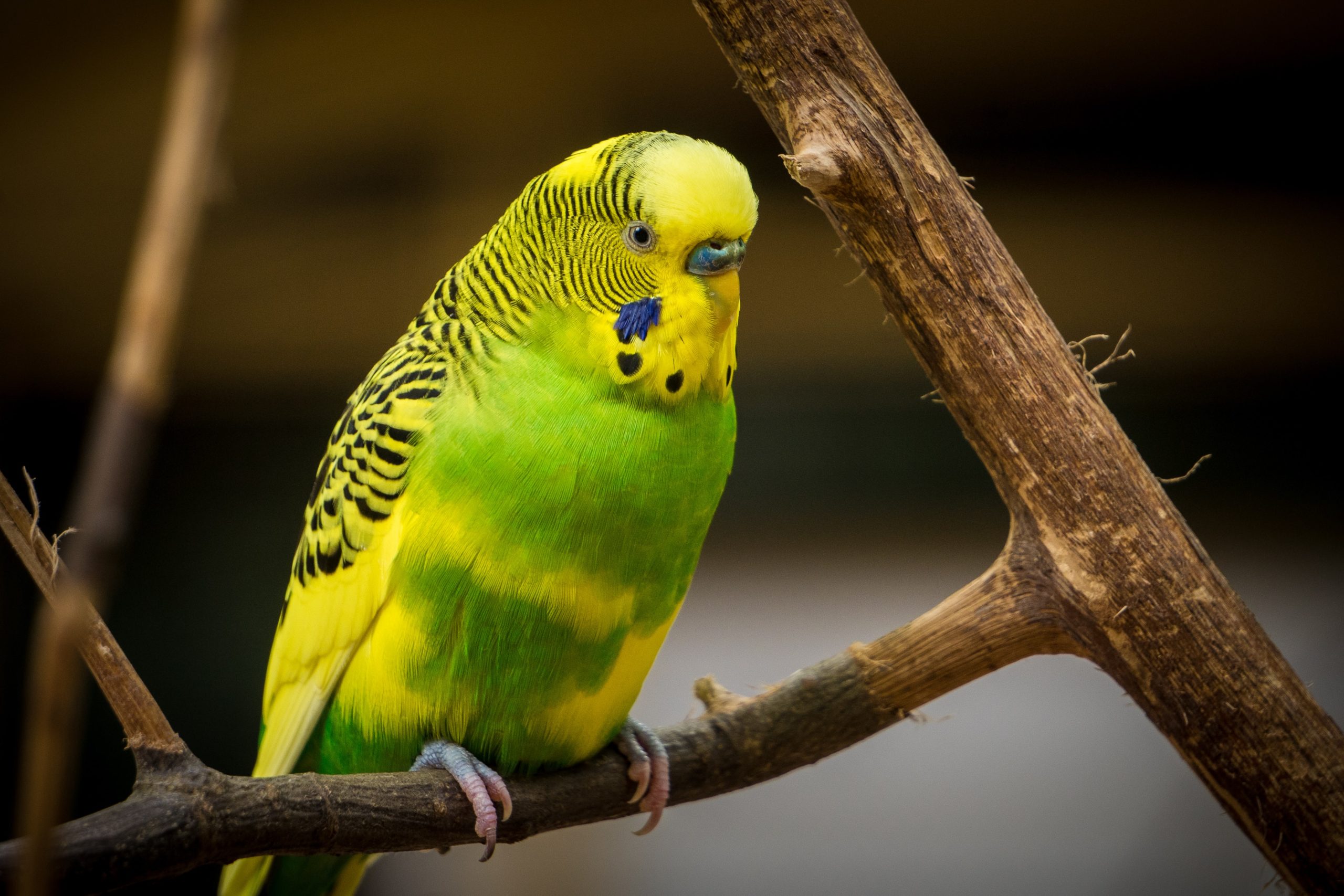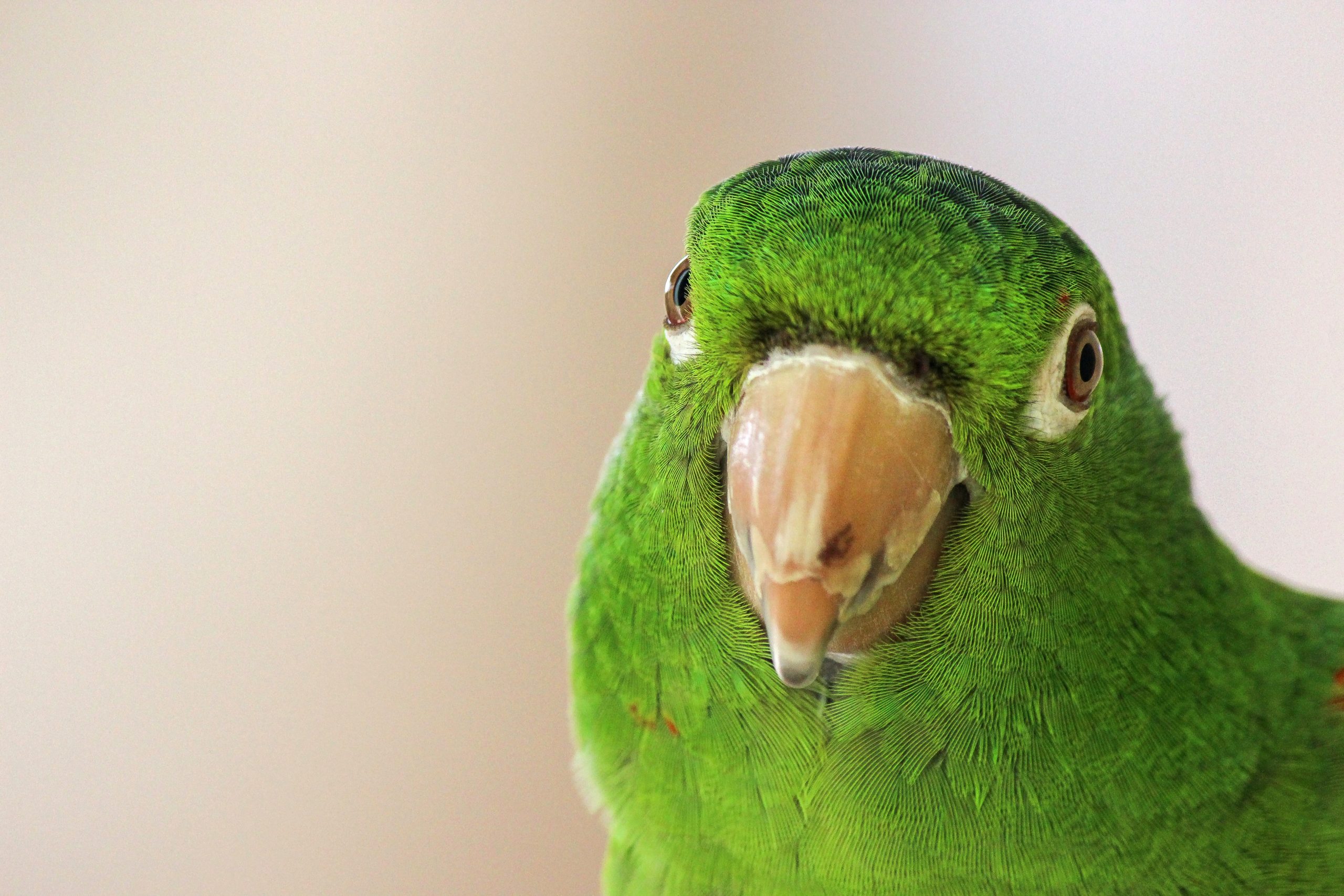Hand-feeding baby birds is only a substitute for parent-raised birds but it does have certain advantages. The hand-raised baby usually makes a better pet as it has been completely socialised with humans. They grow up with no fear of humans or other potential dangers such as cats, dogs and young children.
Hand-feeding is a huge responsibility and requires time, patience and a complete commitment. The little bird in your care is entirely reliant on you for everything. Hand-feeding is a job best left for the experienced bird breeder or aviculturalist. You may wish to contact your local bird breeder for help.
When do I start hand-feeding a baby bird?
A chick may be removed from the parents any time before weaning but many suggest leaving the babies with the parents for up to 3 weeks. Older birds may prove to be more challenging in their acceptance of hand-feeding.
Where do I keep the baby bird?
Precise temperature and humidity is essential for optimal growth of newly hatched birds. Relative humidity greater than 50% is required initially. Hatchlings (no feathers) should be maintained at 35°C – 36°C. As the chick gets older, it has a greater tolerance for temperature fluctuations. Generally, the temperature can be lowered one degree at a time every 2 – 3 days as the feathering progresses.
Chicks with new feathers (pin feathers) should be fine at 24°C – 30°C depending on the development of the feathers. Fully feathered and weaned chicks can be maintained at room temperature. Always monitor your bird for signs of overheating or chilling. Wings extended or drooping and panting indicate overheating. Shivering and cuddling together indicate cold. Poor growth or poor digestion (delayed crop emptying) can suggest poor health or improper temperature and humidity.
Good quality special brooders are available to carefully regulate air circulation, temperature and humidity. Paper towel, nappies, hand towels or other soft, disposable products can line the bottom of the brooder and provide secure, clean, dry footing for the bird. This bottom liner must be changed constantly to keep the bird clean. If the bottom texture is too smooth the chicks legs may splay out to the side leading to permanent deformity. You must check that there is nothing for the bird to get its wings or legs stuck and which might cause injury or deformities.
What should I feed my bird?
There are numerous commercial hand-feeding diets available today. Choose one diet and use it until the baby is weaned. Changes in diet may be stressful on the baby’s digestion. It is very important to discuss this with your veterinarian.
How do I feed my baby bird?
All food must be prepared fresh for every feeding. Food kept for the next feeding is an ideal place for harmful bacteria and yeast to grow. Any food prepared or heated in the microwave oven must be mixed thoroughly to blend hot and cold spots. Try to achieve food temperatures of 39°C – 41°C. Use a thermometer. Food that is too hot will cause severe burns to the crop. Food that is too cold will not be accepted or digested well.
In general, the younger the bird, the thinner the mixture should be. A more dilute mixture (90% water) is required by the day old chick as it is still utilising the yolk sac. Chicks older than one or 2 days should have food with 70 – 75% liquid.
Syringes are probably the preferred feeding tool but some still prefer a spoon with the sides bent up and inward. Accurate feeding volumes can be recorded with the syringe. Charting daily feedings is important. The natural feeding response of a baby bird is to rapidly bob the head in an up and down motion. This action can be stimulated with gentle finger pressure at the corners of the mouth. During this head bobbing the trachea is closed and large amounts of food can be given relatively quickly.
If the bird is not displaying strong feeding response then do not attempt to feed as there is an increased chance of aspiration of food into the trachea and lungs leading to death. The best time to feed is when the crop is empty. When full, the crop is the ‘sac’ that hangs over the front of the chest at the base of the neck.
How often and how much do I feed?
The amount and frequency of feeding depends on the age and growth rate of the bird, growth of the bird and the diet used. The frequency of feeding for young birds is greater than that of older birds. The following is a guideline.
With newly hatched chicks, the yolk sac is the source of nutrients for the first 12 – 24 hours. Chicks under 1 week old should be fed 6 – 10 times per day (every 2-3 hours). In the first week of life, some feeding during the night may be beneficial. Chicks who have not yet opened their eyes may take 5 – 6 feedings per day (every 3-4 hours). Once the eyes open, 3 – 5 feedings (every 5 hours) are necessary and as the feathers start to grow in, feed 2-3 times per day (every 6 hours). The crop should appear full when done. Feeding between 10:00 p.m. and 6:00 a.m. is not necessary.
The best indication of a healthy, growing chick is a good, strong feeding response at every feeding, the crop empties between feedings and regular droppings (faeces) are noted. Monitoring and recording weight gain on a gram scale provides an accurate record of growth.
When do the birds wean?
When to wean is often a difficult decision for both the owner and the bird. As the bird gets older and develops a full compliment of feathers, weaning should be encouraged. Some babies start weaning themselves by refusing feedings. The bird should be offered a variety of formulated foods including fruits and vegetables at this time to encourage exploration and experimentation.
As this food introduction continues you can slowly start to withhold some of the feedings starting with the mid-day feeding. As time goes on, the morning feeding may be withheld, and lastly the evening feeding. Some birds learn quicker by watching other birds or older babies eat.
Disinfecting
Baby animals have poorly developed immune systems and are more susceptible to infections. The brooder should be disinfected regularly. All feeding utensils must be cleaned and stored in a disinfecting solution between feedings. The disinfectant should be changed every day to avoid contamination. Thorough rinsing is required before the next feeding. Using separate feeders for every individual bird is recommended.
What if something is wrong?
If you suspect something is wrong then immediately contact your veterinarian. Signs to watch for are included in the following list:
- chirping or crying all the time
- fussing a lot and not sleeping
- listless, droopy wings or head
- not accepting food
- no feeding response
- not emptying the crop
- poor weight gain
- abnormal growth
- abnormal posturing or wing and leg positions
- abnormal droppings
- wet area lying over the crop (may indicate a burn)




